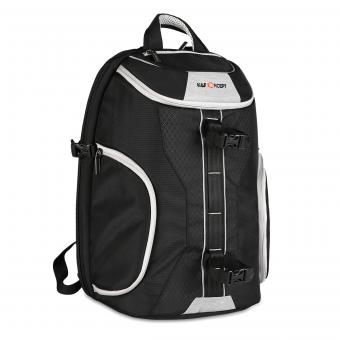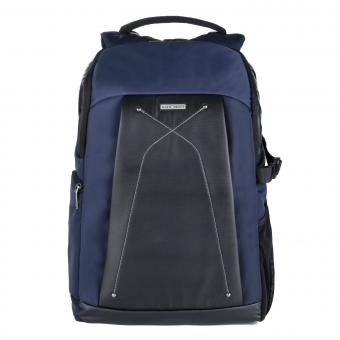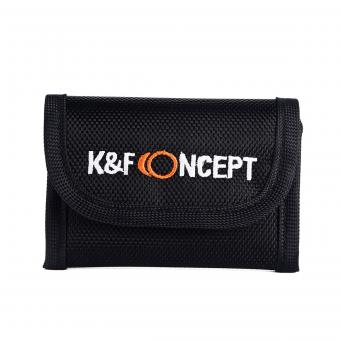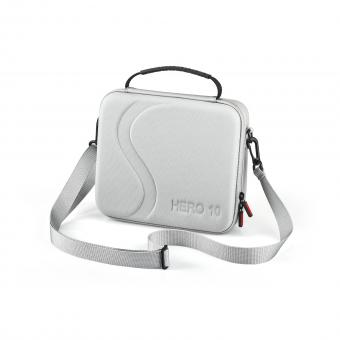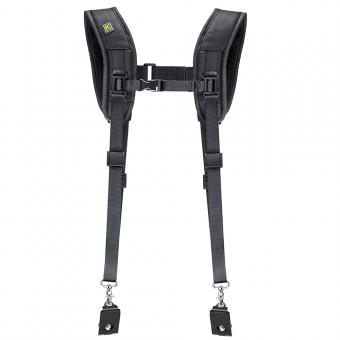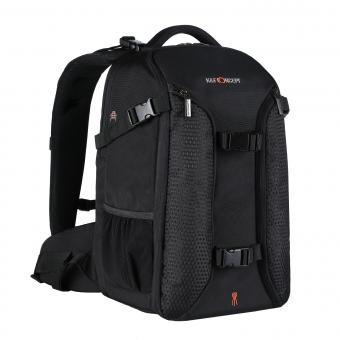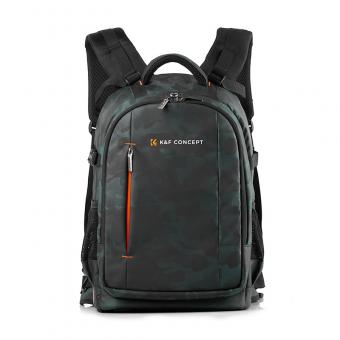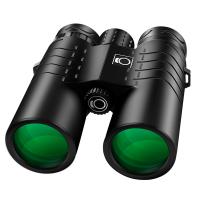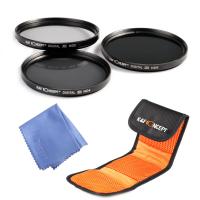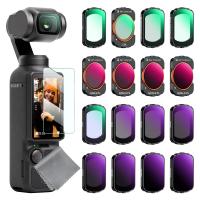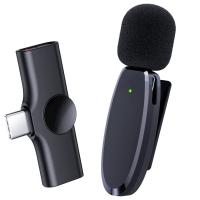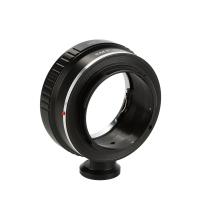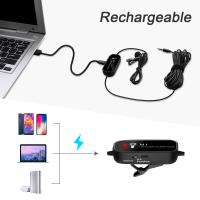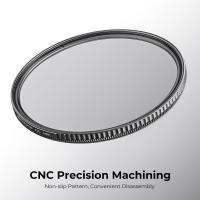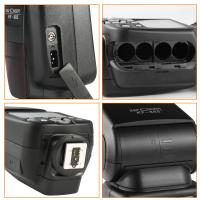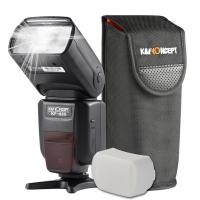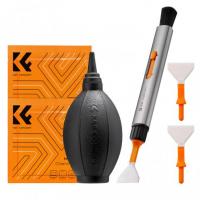How To Make Custom Camera Straps?
In the realm of photography, the camera strap is an often-overlooked accessory that can significantly influence a photographer's experience. A well-crafted custom camera strap not only enhances comfort and functionality but also adds a touch of personal flair. Whether you are an avid photographer or someone looking to gift a unique item to a photography enthusiast, creating a custom camera strap can be a fulfilling endeavor. This article will guide you through the process, from understanding the types of camera straps to selecting materials and crafting the final product.
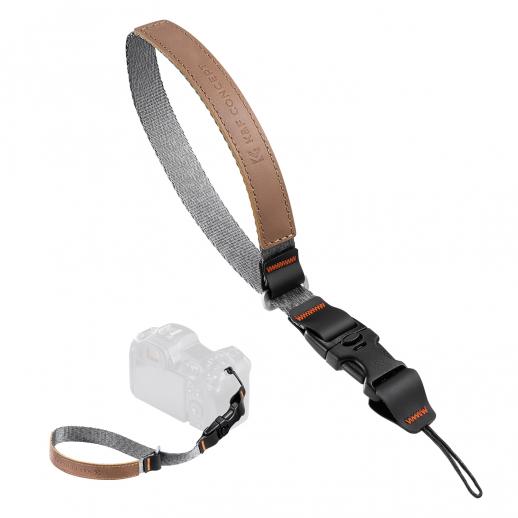
Understanding Camera Strap Types and Types of Customizations
Before diving into the creation process, it is crucial to understand the various types of camera straps available. Here are some common categories:
1. Neck Straps: These are the most traditional type, worn around the neck and often adjustable.
2. Wrist Straps: These are shorter and designed for carrying lighter cameras, providing enhanced mobility.
3. Shoulder Straps: Similar to neck straps but longer, allowing the camera to rest on the hip.
4. Hand Straps: Often padded for comfort, these straps secure around the hand, offering stability and reducing shake.
5. Sling Straps: These cross the body from shoulder to opposite hip, distributing weight and allowing for quick access to the camera.
Next, consider the type of customizations you might want:
- Personalized Embroidery or Engravings: Adding initials, names, or logos.
- Material Choice: Leather, canvas, fabric, or synthetic materials.
- Functional Enhancements: Padding, quick-release mechanisms, adjustable lengths.
- Aesthetic Designs: Patterns, colors, and styles that resonate with the photographer's personality.
Materials Selection
The choice of materials is paramount in creating a durable, comfortable, and aesthetically pleasing camera strap. Here are some suggested materials:
1. Leather: Provides durability and classic aesthetics. Ideal for professional settings.
2. Canvas: Known for its toughness and ability to withstand harsh conditions.
3. Fabric: Offers diverse patterns and colors, suitable for personalized creative designs.
4. Synthetic Materials: Often lighter and more affordable while still providing durability.
5. Padding: High-density foam or neoprene can be used for shoulder or neck pads to add comfort.
Tools and Materials Needed
To create a custom camera strap, you will need several tools and additional materials:
- Measuring Tape: To measure the desired length of the strap.
- Scissors or Rotary Cutter: For cutting fabric or leather accurately.
- Sewing Machine or Hand-Sewing Needles: Depending on the material, you may need specialized needles for leather.
- Stitching Supplies: Thread, stitching awl, and possibly embroidery thread for custom designs.
- Hardware: Metal or plastic buckles, D-rings, and adjusting sliders.
- Adhesives: Fabric glue or leather adhesive, if necessary.
- Personalization Tools: Engraving tools, embroidery kits, or stamping kits for adding initials or designs.
Step-by-Step Guide to Making a Custom Camera Strap
Step 1: Measure and Cut Materials
Determine the desired length and width of your camera strap. Standard lengths can range between 36 to 42 inches for neck or shoulder straps, but customization allows flexibility based on personal preference. For wrist straps, 8-10 inches is usually sufficient.
Using the measuring tape, mark the measurements on your chosen material. Cut the material accurately using scissors or a rotary cutter. If you are using a fabric, consider cutting two pieces for additional strength and stitching them together.
Step 2: Prepare and Assemble the Strap
If your strap design includes padding, cut the padding material slightly smaller than the strap material and position it between two layers of fabric or leather. Secure the padding by either stitching or using adhesives.
Add any aesthetic customizations at this stage. For fabric straps, this could include sewing on patterns, embroidering names, or adding patches. For leather, consider using engraving tools to add initials or designs.
Step 3: Attach Hardware
Attach the necessary hardware to the ends of the strap. This includes D-rings or buckles that will connect to the camera’s attachment points. If you're using a quick-release mechanism, now is the time to add it. Ensure that all hardware is securely attached because this will determine the strap's reliability.
- For fabric straps, you can use a sewing machine to sew loops at the ends that hold the D-rings or buckles in place.
- For leather, use heavy-duty thread and thick needles, or alternatively, a rivet press tool to add rivets for extra security.
Step 4: Secure and Finalize
Ensure all stitches are reinforced, especially around the hardware attachments to prevent the strap from breaking under the camera's weight. Double-stitch or use a zigzag stitch for extra strength.
For leather straps, consider applying a leather conditioner for a polished finish and to maintain material longevity.
Finally, test the strap by attaching it to your camera and making any necessary adjustments to the length or hardware placement for maximum comfort and functionality.
Tips for Enhanced Customization
1. Adjustable Lengths: Ensure that the camera strap features an adjustable mechanism to suit various carrying styles.
2. Comfort: Add shoulder pads or neck pads padded with foam or neoprene for added comfort during prolonged use.
3. Quick-Release Mechanism: This allows the strap to be set up or removed quickly, especially useful for professional photographers who need to switch between handheld and tripod setups.
4. Personalized Touches: Use unique threads or color patterns for stitching to add a personal touch.
Crafting a custom camera strap is not just a functional endeavor; it’s an artistic one that allows you to express personal style while ensuring comfort and convenience. By carefully selecting the right materials and following a methodical approach to construction, you can create a camera strap that stands out both in utility and aesthetics. Whether you are an experienced DIY enthusiast or a beginner, following this guide will help you create a custom strap that enhances your photography experience. So grab your tools and get started on crafting a camera strap that is a true reflection of your unique style and needs.


